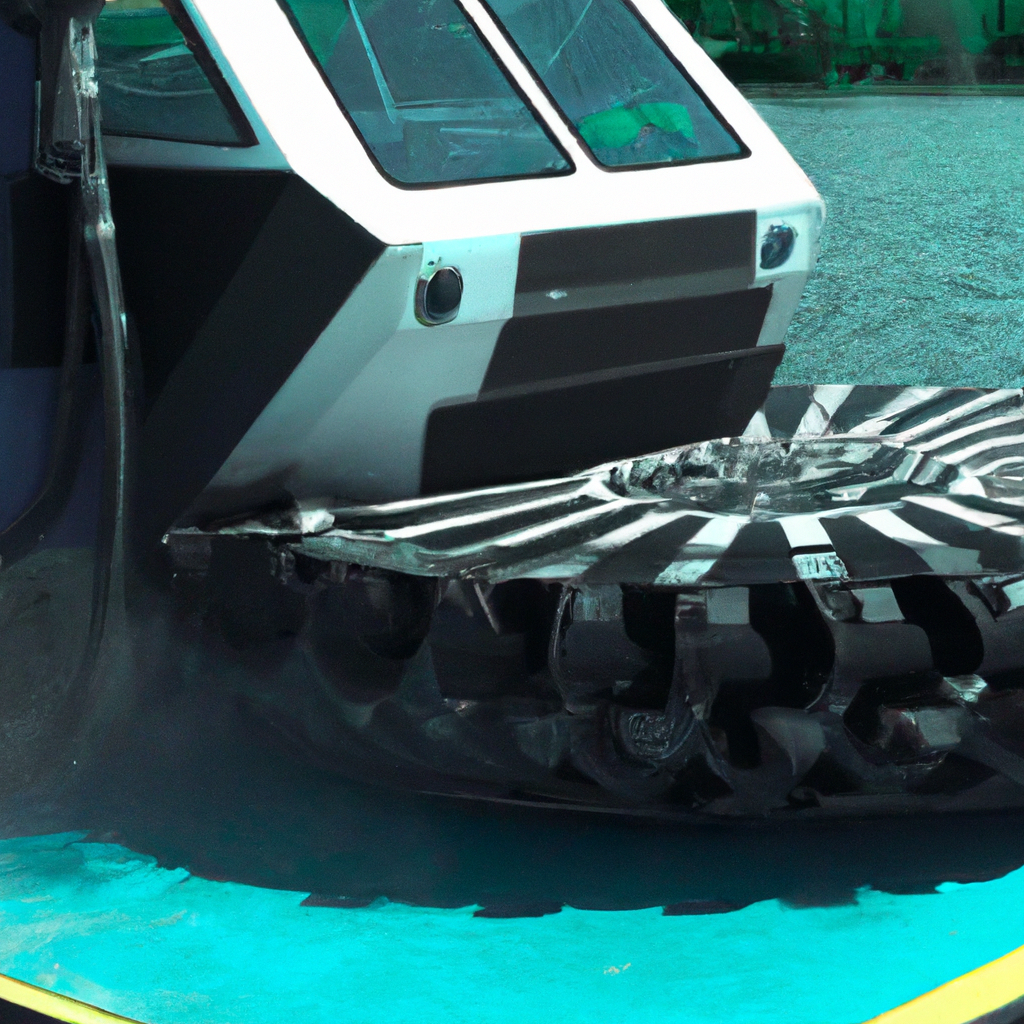Hovercrafts have been a marvel in the transportation industry since their invention in the 1950s. These air cushion vehicles have revolutionized the way we travel on both land and water. How does a hovercraft work? In this article, we will explore the working principle of hovercrafts, their engineering, technology, and their propulsion systems.
Working Principle of Hovercrafts
Hovercrafts are designed to float on a cushion of air, which is created by a system of fans. This air cushion is responsible for lifting the hovercraft off the ground or water, reducing friction, and providing a smooth ride. The air cushion system consists of two main components – the lift fan and the skirt.
The Lift Fan
The lift fan is the primary component responsible for lifting the hovercraft off the ground or water. It is typically located at the rear of the hovercraft and comprises a large fan that draws air from the atmosphere and forces it downwards. This downward airflow creates a high-pressure air cushion underneath the hovercraft. This cushion lifts the hovercraft off the ground or water and keeps it suspended in the air.
The Skirt
The skirt is the secondary component responsible for maintaining the air cushion. It is a flexible and inflatable rubber skirt that surrounds the bottom of the hovercraft. The skirt traps the high-pressure air created by the lift fan, preventing it from escaping and providing lift to the hovercraft. The skirt also reduces the amount of air that escapes from the cushion, which reduces drag and improves the hovercraft’s efficiency.
Propulsion System
Once the hovercraft is lifted off the ground or water, it needs a propulsion system to move forward. The propulsion system consists of one or more engines that power propellers or fans. The propellers or fans create a forward thrust that propels the hovercraft forward.
The engine(s) can be gasoline, diesel, or electric-powered. The propulsion system’s design and power depend on the size of the hovercraft and the desired speed. Large hovercrafts designed for transportation, such as the military’s Landing Craft Air Cushion (LCAC), can reach speeds of up to 50 knots (93 km/h).
Engineering and Technology
Hovercrafts are a marvel of engineering and technology. They are designed to overcome the limitations of traditional watercraft and land vehicles. Hovercrafts can travel over water, ice, mud, sand, and grass, making them ideal for rescue operations, military operations, and transportation in remote areas.
The engineering behind hovercrafts is complex and involves the design of the lift fan, skirt, and propulsion system. The lift fan must be powerful enough to create a high-pressure air cushion, and the skirt must be flexible and durable enough to withstand the high pressures created by the lift fan.
The propulsion system must be designed to provide the desired speed and maneuverability. The engine(s) must be powerful enough to create enough thrust to move the hovercraft forward, and the propellers or fans must be positioned correctly to provide the desired direction and speed.
Conclusion
In conclusion, hovercrafts are marvels of engineering and technology. They work by creating a cushion of air that lifts the vehicle off the ground or water, reducing friction and providing a smooth ride. The lift fan and skirt are the primary components responsible for creating and maintaining the air cushion, and the propulsion system provides the necessary thrust to move the hovercraft forward.
Hovercrafts have revolutionized the way we travel on both land and water, and their versatility makes them ideal for rescue operations, military operations, and transportation in remote areas. As technology advances, we can expect to see even more advanced hovercrafts that push the boundaries of transportation.







